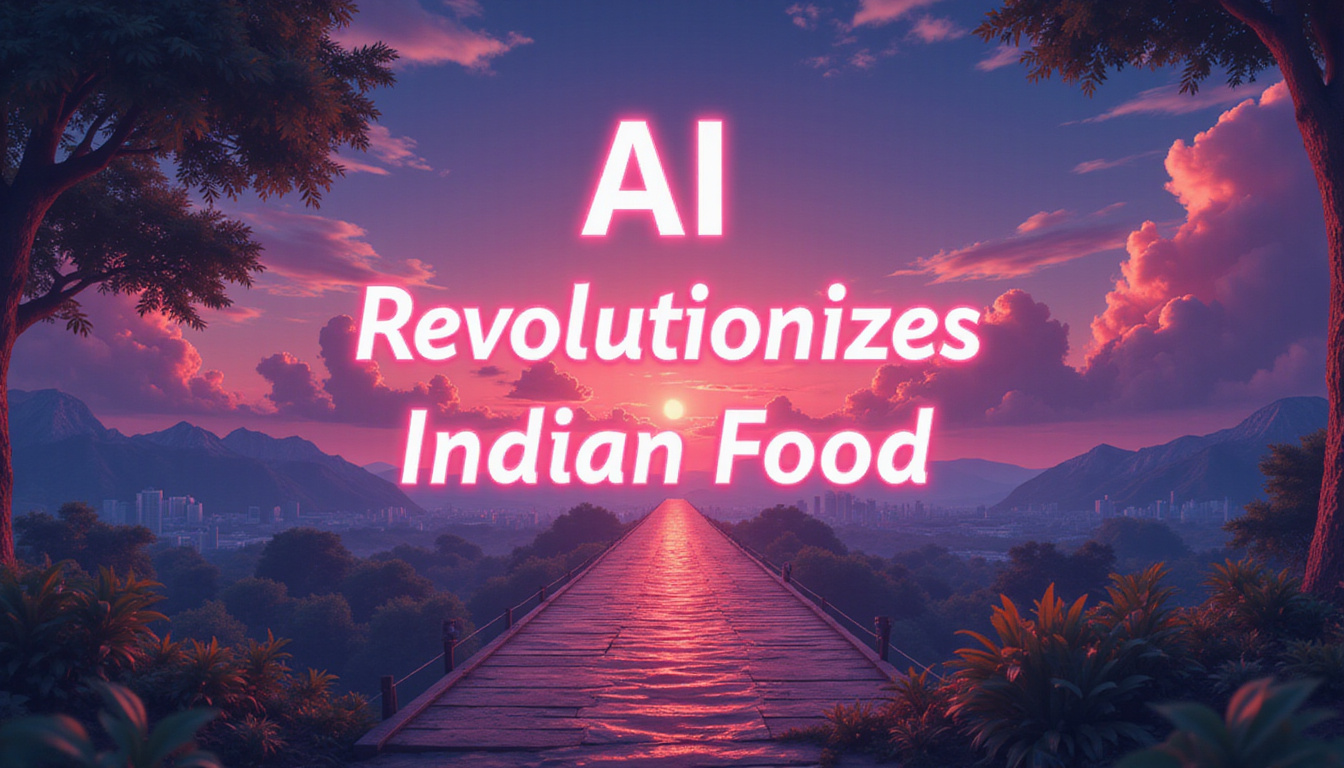How AI and Innovation Are Transforming India’s Food Industry
Introduction: A Digital Culinary Revolution
India’s food industry is experiencing unprecedented change, with artificial intelligence and emerging dining trends reshaping everything from kitchen operations to customer experiences. As the country’s food delivery market races toward ₹2 lakh crore by 2030, restaurants and food businesses must adapt or risk being left behind.
From AI-powered predictive analytics to revolutionary cloud kitchen models, technology is solving age-old industry challenges while creating exciting new opportunities. This transformation comes at a crucial time – with Indian consumers demanding greater convenience, personalization, and sustainability from their dining experiences.
In this comprehensive guide, we’ll explore how forward-thinking restaurateurs are leveraging these innovations to gain competitive advantage, reduce costs, and create memorable dining experiences that keep customers coming back.
The AI Restaurant Revolution
Artificial intelligence is no longer science fiction for India’s food industry – it’s becoming standard operating procedure for successful establishments. Here’s how leading restaurants are implementing AI:
1. Smarter Operations with Predictive Analytics
- Analyzes historical sales data to forecast demand with 90%+ accuracy
- Optimizes inventory management to reduce food waste by 20-30%
- Predicts peak hours to improve staff scheduling efficiency
2. 24/7 Customer Service with AI Chatbots
| Platform | Languages Supported | Key Features |
|---|---|---|
| Swiggy Assistant | English, Hindi, 8 regional languages | Order tracking, menu recommendations, complaint resolution |
| Zomato Chat | English, Hindi | Personalized offers, dietary preference tracking |
Want to explore how AI could transform your restaurant operations? Book a discovery call with our food tech specialists today.
3. Kitchen Automation for Consistency and Speed
Companies like Mukunda Foods are bringing robotic chefs to Indian kitchens:
- Automated dosa makers serving perfect dosas every 45 seconds
- AI-controlled tandoors maintaining ideal temperatures
- Automated packaging systems reducing delivery prep time by 40%
The Cloud Kitchen Boom
India’s cloud kitchen market is projected to grow at 12.4% CAGR through 2030. These delivery-only establishments are changing the economics of the food industry:
Cost Advantages Over Traditional Restaurants
- 80% lower real estate costs (no dine-in space required)
- 60% reduction in staffing requirements
- 30-40% higher profit margins on average
Popular Cloud Kitchen Models
| Model | Description | Best For |
|---|---|---|
| Independent Kitchen | Single cuisine focus | Specialty food brands |
| Multi-Brand Kitchen | Multiple virtual brands from one location | Entrepreneurs testing concepts |
| Hub-and-Spoke | Central kitchen supplies satellite locations | Scaling established brands |
The future looks bright for cloud kitchens, especially as online food ordering penetrates deeper into tier-2 and tier-3 cities where real estate costs are significantly lower.
5 Trends Defining India’s Dining Future
1. Experiential Dining
Restaurants are creating Instagram-worthy experiences through:
- Themed interiors (like Mumbai’s Bombay Vintage)
- Interactive chef’s tables
- Augmented reality menus
2. Robotics in Restaurants
From Chennai to Chandigarh, robots are handling:
- Food delivery to tables
- Automated billing systems
- AI-powered cleaning bots
3. Sustainability as Standard
Consumers increasingly prefer restaurants with:
- Zero-waste kitchens
- Locally sourced ingredients
- Compostable packaging
4. Health-Focused Menus
Post-pandemic, demand has surged for:
- Plant-based Indian alternatives
- Keto and gluten-free options
- Nutritional information transparency
5. Hyper-Personalization
AI enables restaurants to offer:
- Customized menu recommendations
- Personalized loyalty rewards
- Diet-specific meal planning
Overcoming Implementation Challenges
While the opportunities are exciting, food businesses face real hurdles in adopting these technologies:
Financial Considerations
- AI integration costs: ₹5-15 lakh for basic systems
- ROI typically achieved within 12-18 months
- Government subsidies available for tech adoption
Regulatory Compliance
Key requirements include:
- FSSAI registration and regular audits
- Data protection under India’s DPDP Act
- Zonal regulations for cloud kitchens
For help navigating these challenges, visit our website to access our free compliance checklist and cost-benefit analysis templates.
Conclusion: The Future of Food is Here
The Indian food industry stands at an exciting crossroads, where technology and tradition are blending to create unprecedented opportunities. From AI-driven kitchen automation to sustainable cloud kitchens, the businesses that embrace these changes will lead the market in the coming decade.
As consumer expectations continue evolving, one thing remains clear: the restaurants that thrive will be those that leverage technology not to replace the human touch, but to enhance it. The future belongs to establishments that can combine cutting-edge efficiency with authentic culinary experiences.
For food entrepreneurs ready to take the next step, the time to act is now. The digital transformation of India’s food industry isn’t coming – it’s already here.



